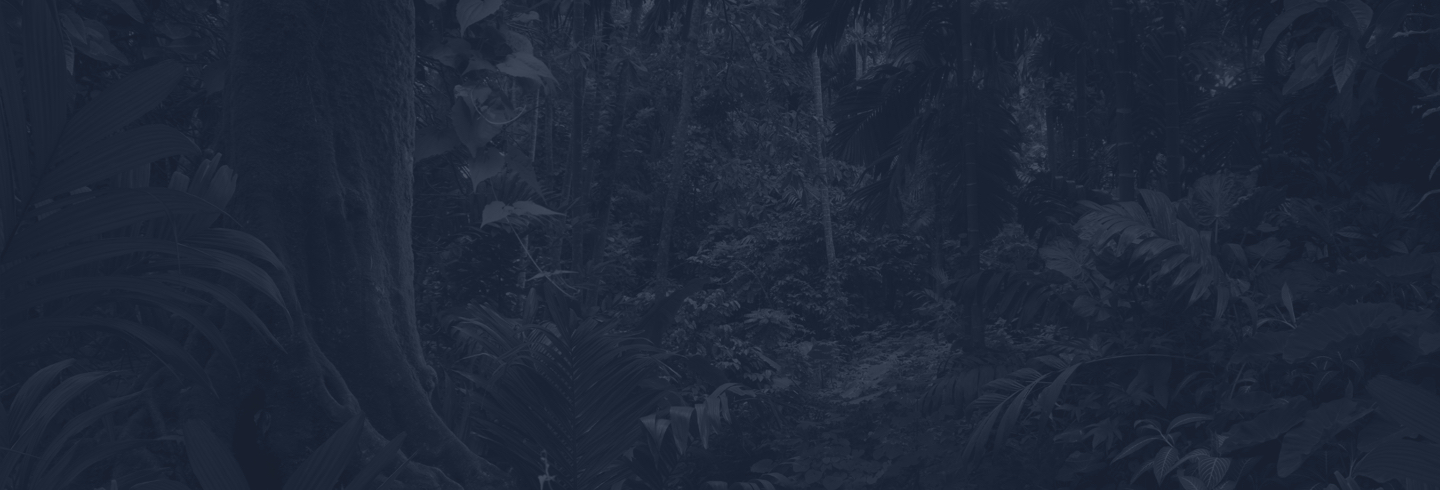6 Endangered Species From Around The World
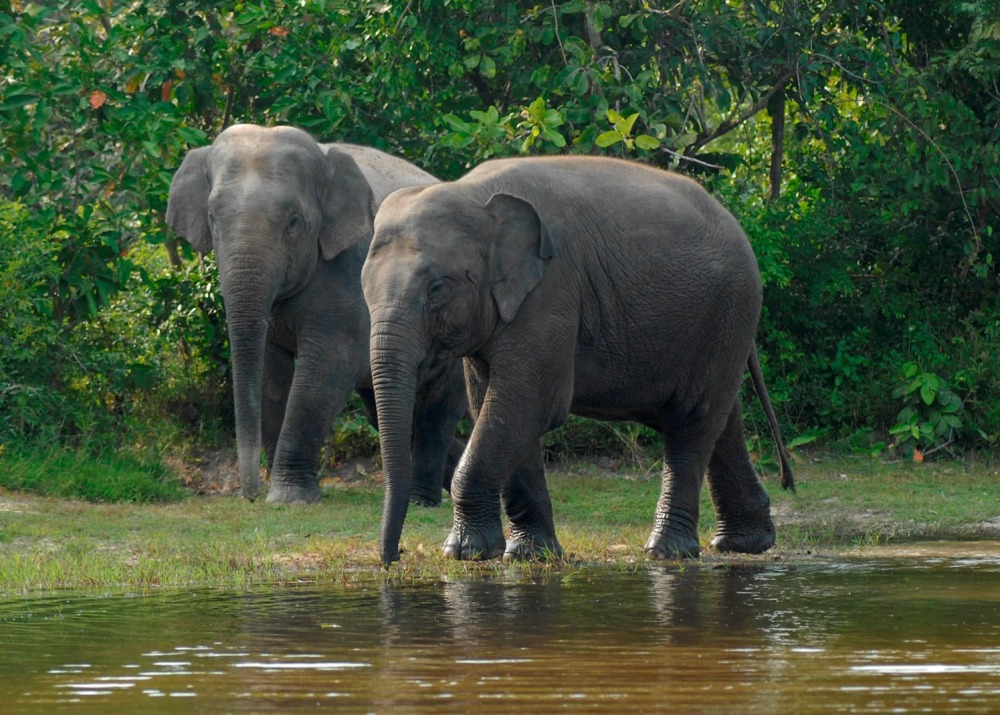
From microbes to mammals, a healthy ecosystem depends on intricate connections that sustain biodiversity. The loss of one species can compromise the entire natural structure. Add an outside influence like climate change, and instability intensifies.
Biodiversity is essential to planetary and human health, and rainforests are biodiversity hotspots. They hold more than half of the world’s land-based species. At Rainforest Trust, our mission aligns with the global strategy to protect 30 percent of our planet’s lands and waters by 2030—also known as 30×30—to slow the climate crisis and prevent mass extinction.
Since 1988, our projects have preserved habitats for more than 3,000 threatened species. Here are six select, endangered species we have helped protect, spanning soil to sky:
1. Western Long-beaked Echidnas
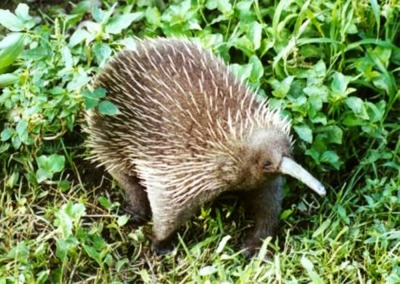
Western Long-beaked Echidnas scrabble through the undergrowth in the world’s third largest rainforest, aerating soil as they burrow and dig. These odd-looking mammals are furry egg-layers with hedgehog spikes and a bony beak that sucks worms from the dirt. They are also critically endangered, as palm oil plantations destroy their habitat.
Rainforest Trust is partnering with EcoNusa to support the government of Indonesia’s social forestry program and establish 120,000 acres of Customary Forests or Village Forests. These legal designations recognize Indigenous ownership and management rights. In addition to echidnas, they will safeguard other rare species like the Endangered Spectacled Flying Fox and endemic birds-of-paradise.
You can contribute to save echidna habitat in Papua New Guinea today.
2. Albany Adder
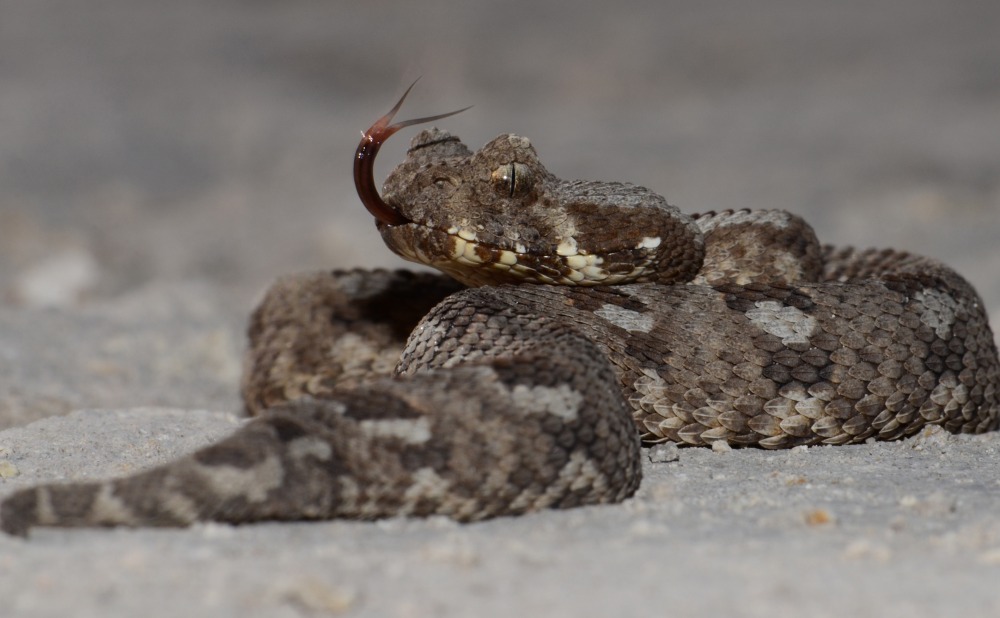
Albany Adders had not been seen for a decade when researchers spotted a solitary specimen crossing a road on the final day of a Rainforest Trust project. Today, only one population remains in the wild. Amid the shrublands of South Africa’s Coega Bontveld, the Albany Adder serves as predator and prey. It also shares the landscape with an active cement mine.
The mining company agreed to set aside land for conservation, and we partnered with the Endangered Wildlife Trust to create the area’s first protected Albany Adder habitat. This 23,000-acre reserve also protects the region’s rare, namesake vegetation and endangered birds like Black Harriers and Secretary Birds.
3. Painted Land Snails
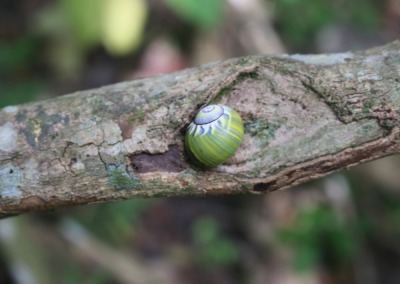
Painted Land Snails splash color across Cuba’s coastal rainforests. Their diet of lichen and moss creates vibrant patterns that fan around their shells. They also serve as an important food source, and they maintain tree health.
Poaching and deforestation place outsized risk on these tiny mollusks. That’s why we supported the creation of the Cananovas Habitat/Species Management Area in partnership with the Wildlife Conservation Society and Antonio Nuñez Jimenez Foundation. This reserve covers 22,574 acres of micro- and macro-habitats alike, including homes for other endangered species like Whale Sharks, hammerheads, and the Gundlach’s hawk.
4. African Forest Elephants
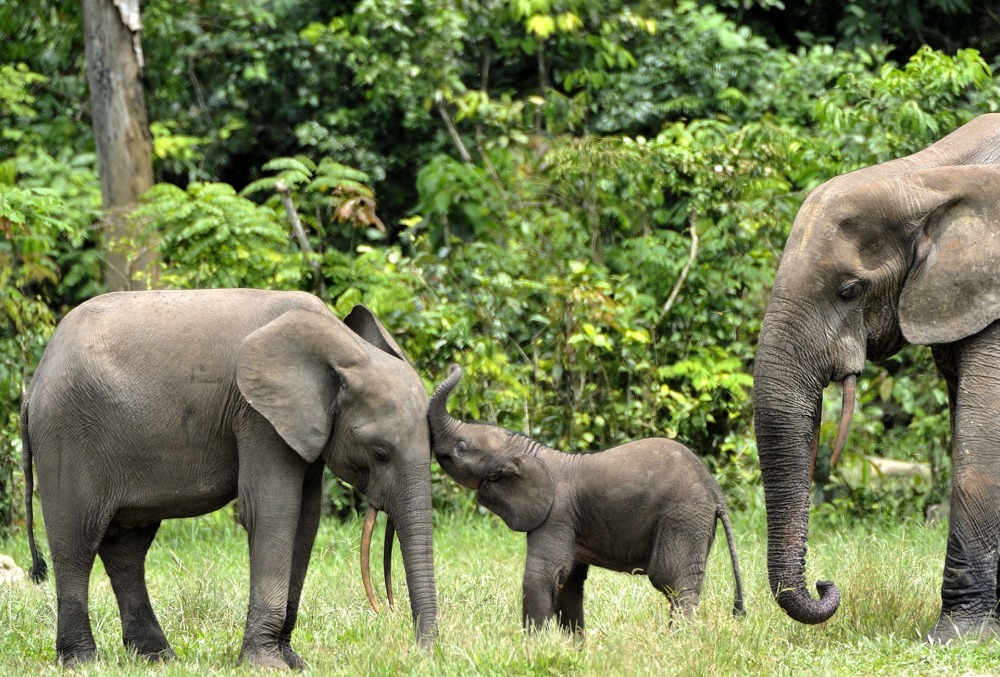
African Forest Elephants shape the landscape, carving paths through the brush as they forage and feed. Research has shown that they literally crush the competition: when the elephants stomp on small trees, larger trees get more water and sunlight, grow taller, and capture more carbon.
In the Guinea rainforest, we are working with the Wild Chimpanzee Foundation, the government of Guinea, and local communities to create the 560,512-acre Pinselli-Soyah-Sabouyah National Park. This protected area will connect a wildlife corridor for critically endangered animals like African Forest Elephants, Western Chimpanzees, and Hooded Vultures.
Double your impact with a gift to protect fragile habitat in Guinea’s rainforests.
5. East Himalayan Yews
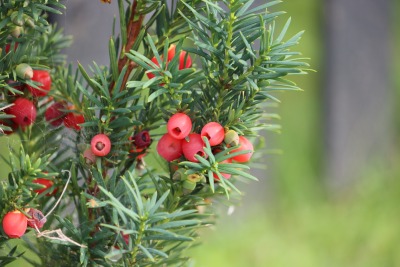
East Himalayan Yews are no match for haphazard development in Nepal’s highlands. Deforestation threatens this region, where biodiversity thrives in the Tinjure-Milkhe-Jaljale Rhododendron Forest. More than 100 endemic plant species, including 28 rhododendron varieties, thrive here; along with the Endangered East Himalayan Yew and the Critically Endangered Spikenard, a medicinal fungus.
Growing as tall as 100 feet, the yew provides food and shelter, cleans the air, and stores carbon. It also produces an anti-cancer compound, which has generated high demand. With long-time partner KTK-BELT we supported the creation of a 136,000-acre, community-protected area to conserve the yew and its fellow rainforest inhabitants.
6. Cherry-throated Tanager

Cherry-throated Tanagers sport a scarlet scarf between a sleek, black head and a stark, white chest. They are striking and extremely rare. Agriculture and urban development have fragmented their habitat, and estimates of the remaining population fall between 30-200 birds.
With Instituto Marcos Daniel in Brazil, we helped protect 800 acres of coastal rainforest habitat for the last wild population of Cherry-throated Tanagers. This area also shelters other rare birds, like the Endangered Vinaceous-breasted Amazon and the Vulnerable White-bearded Antshrike.
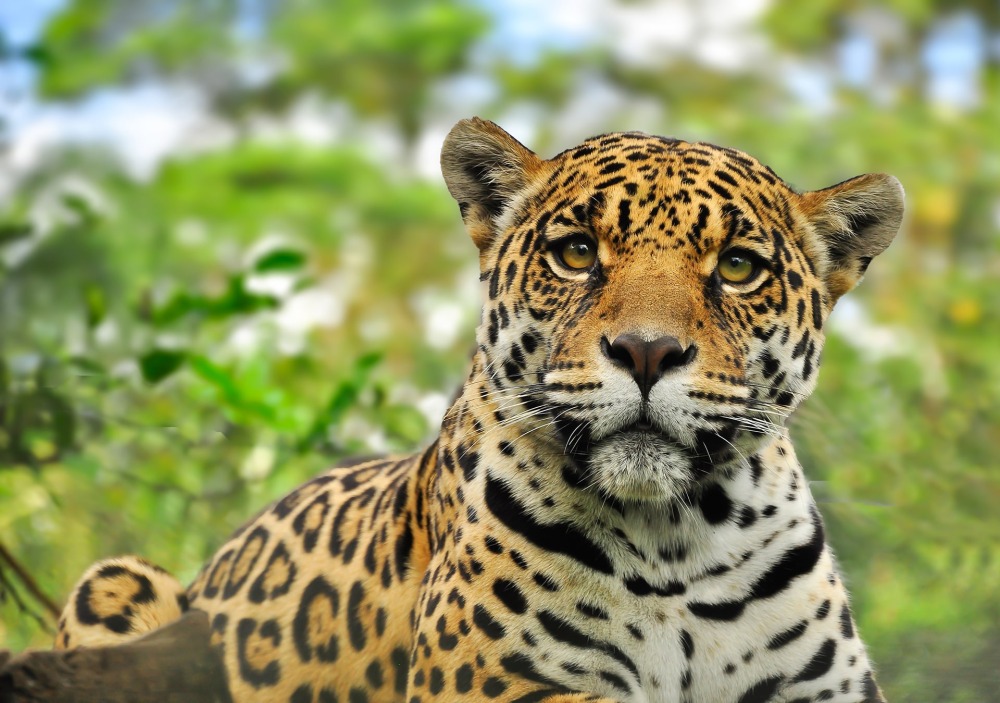
Help us protect biodiversity. Your gift to the Conservation Action Fund supports swift conservation action to sustain all life on Earth.
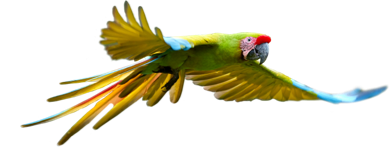
Sign up to receive the latest updates
"*" indicates required fields

